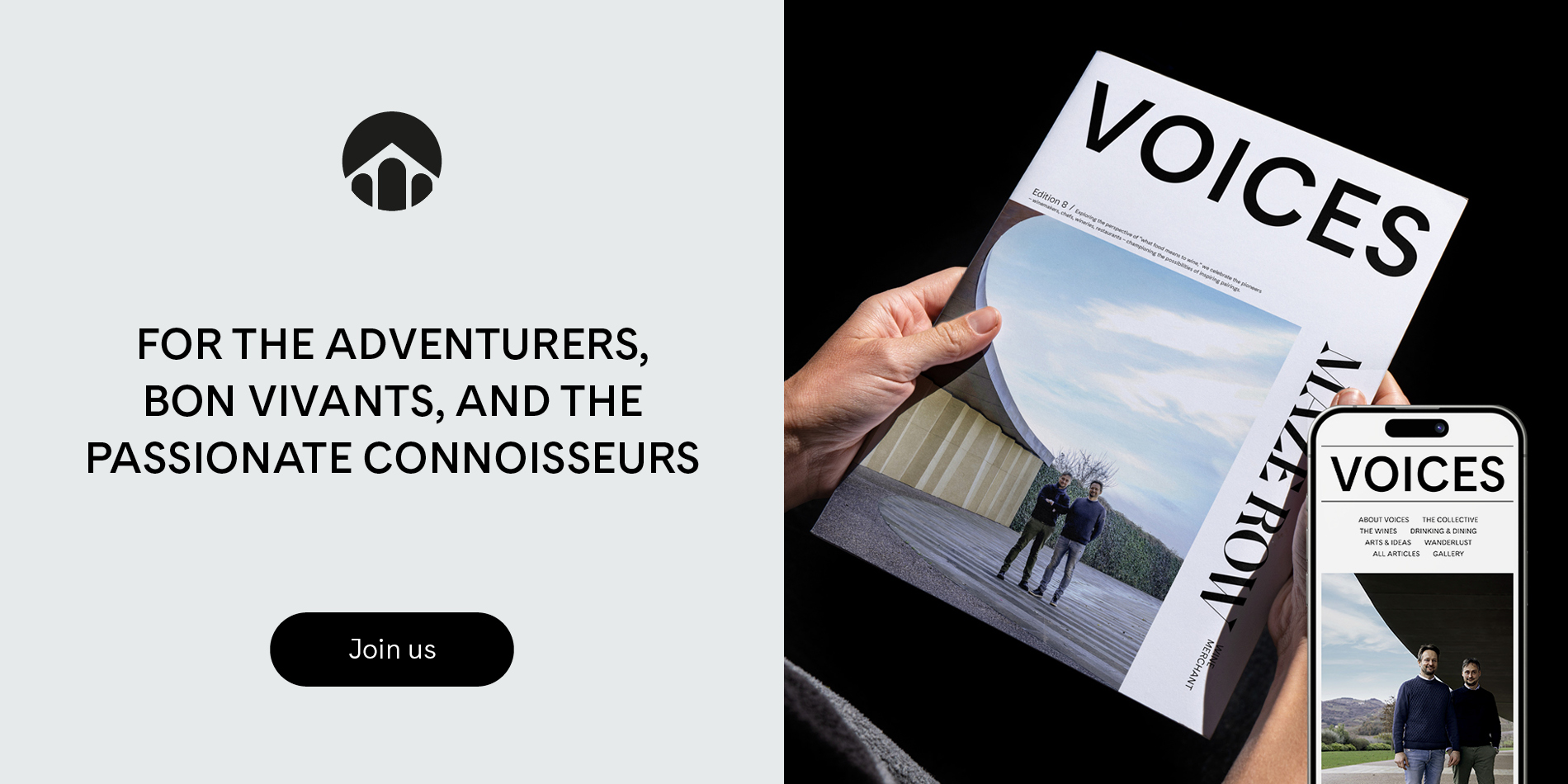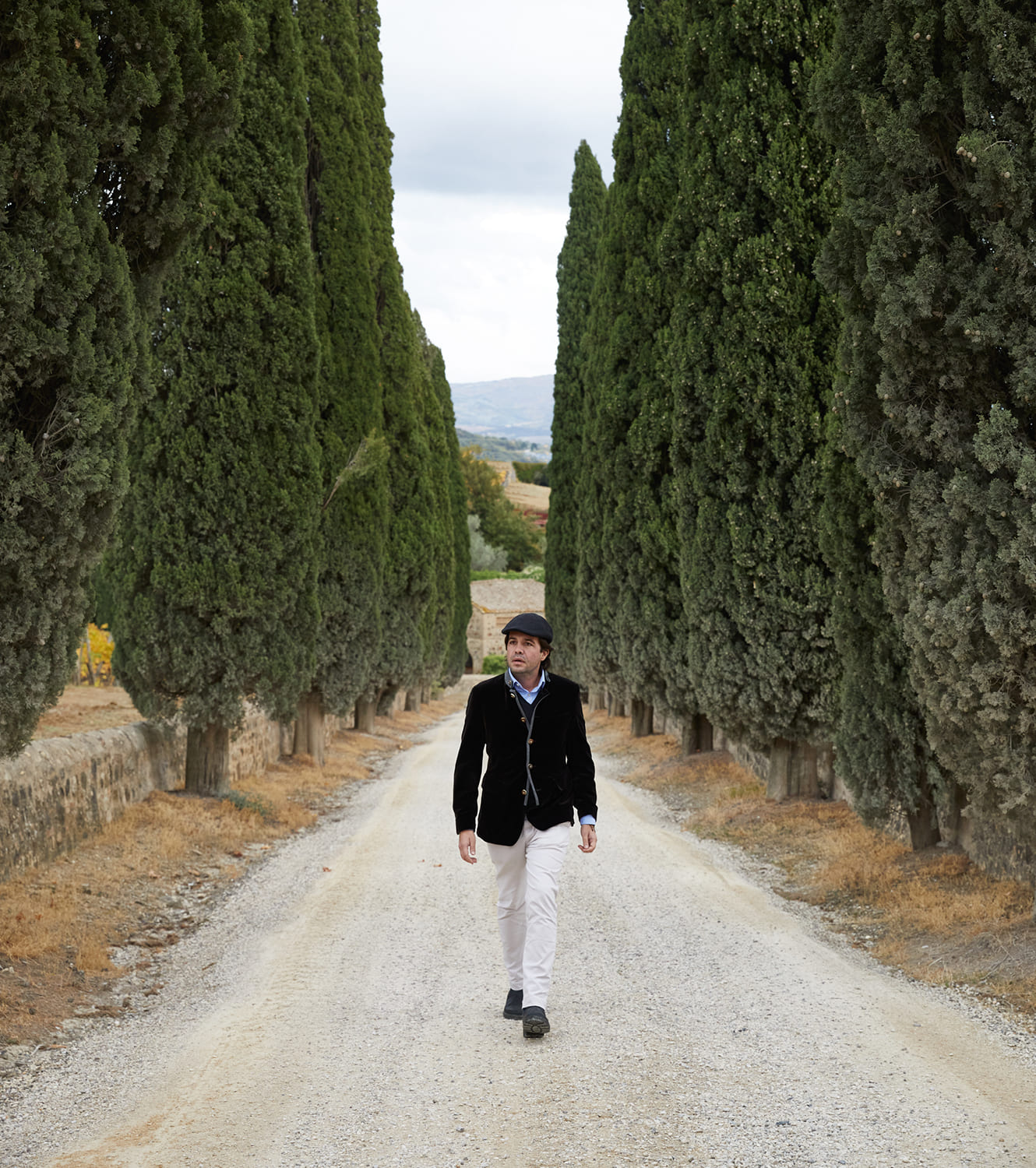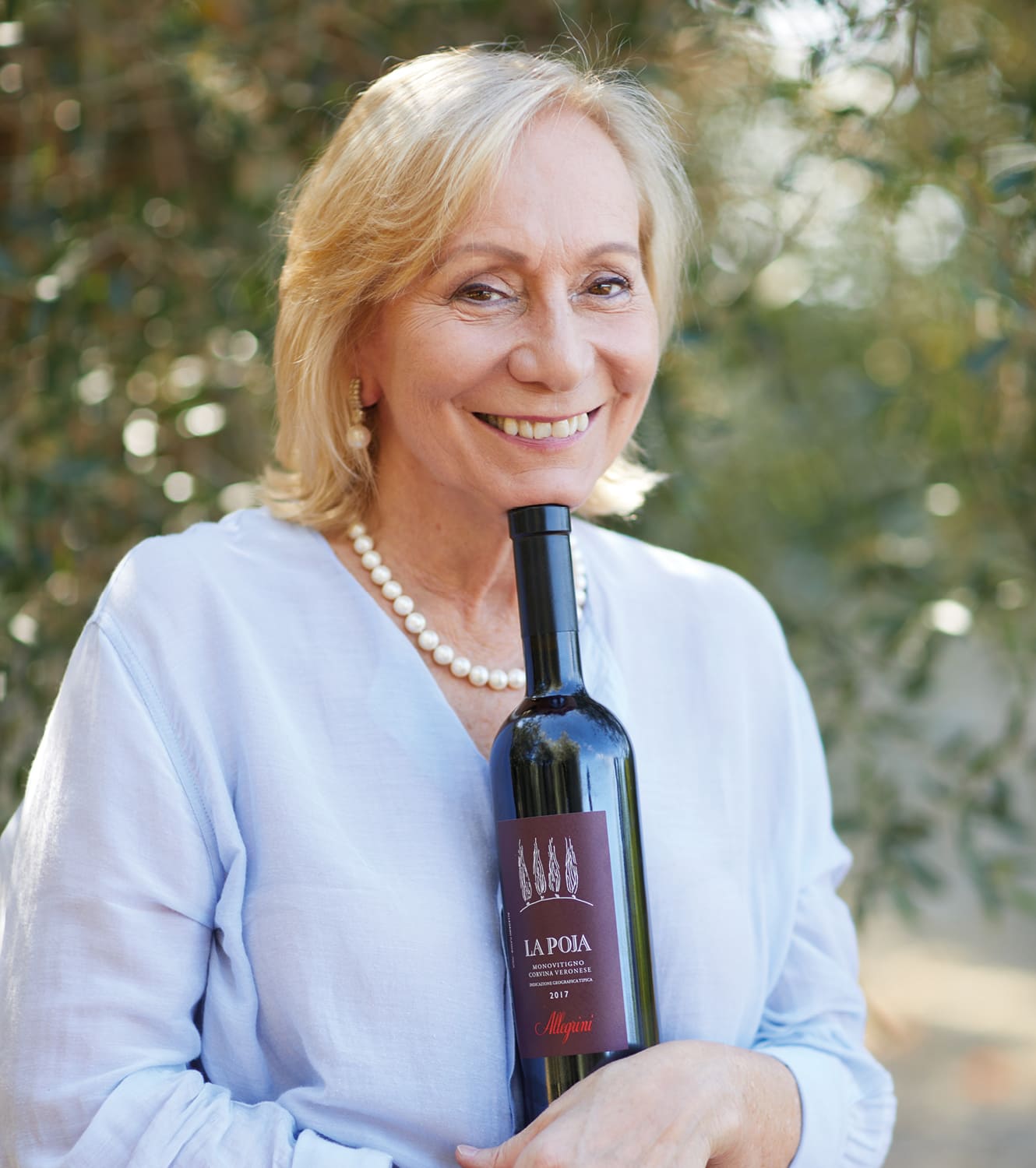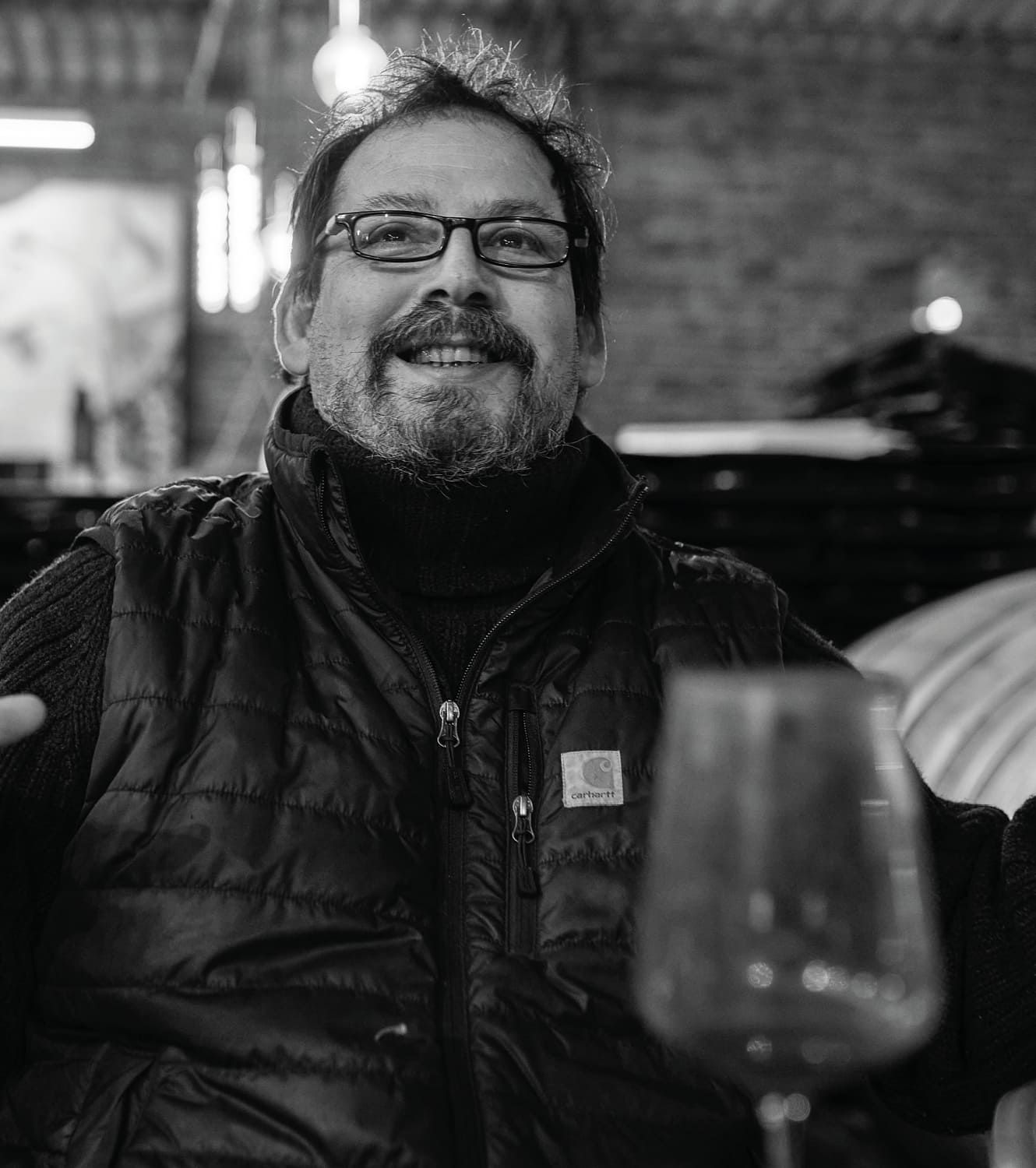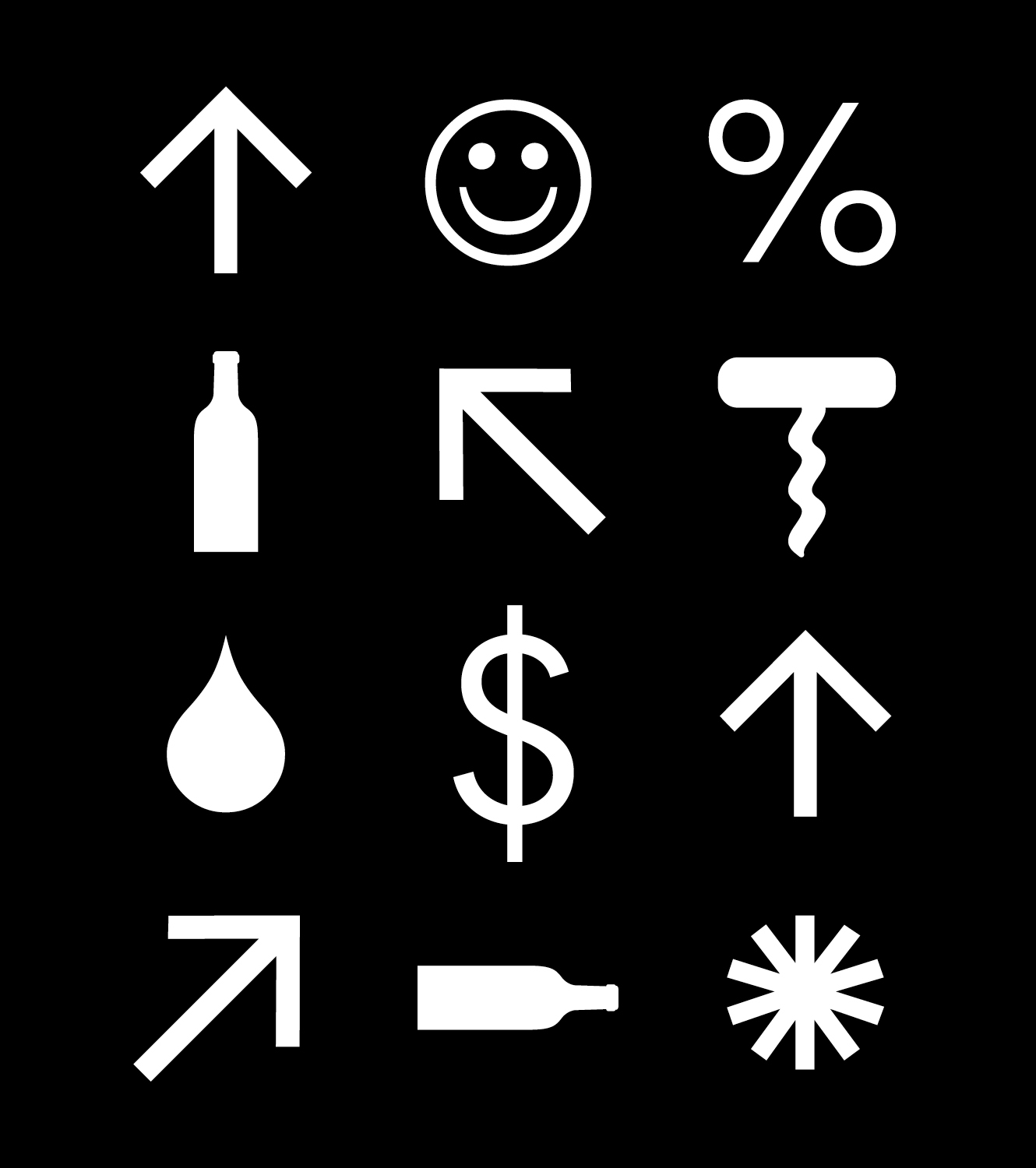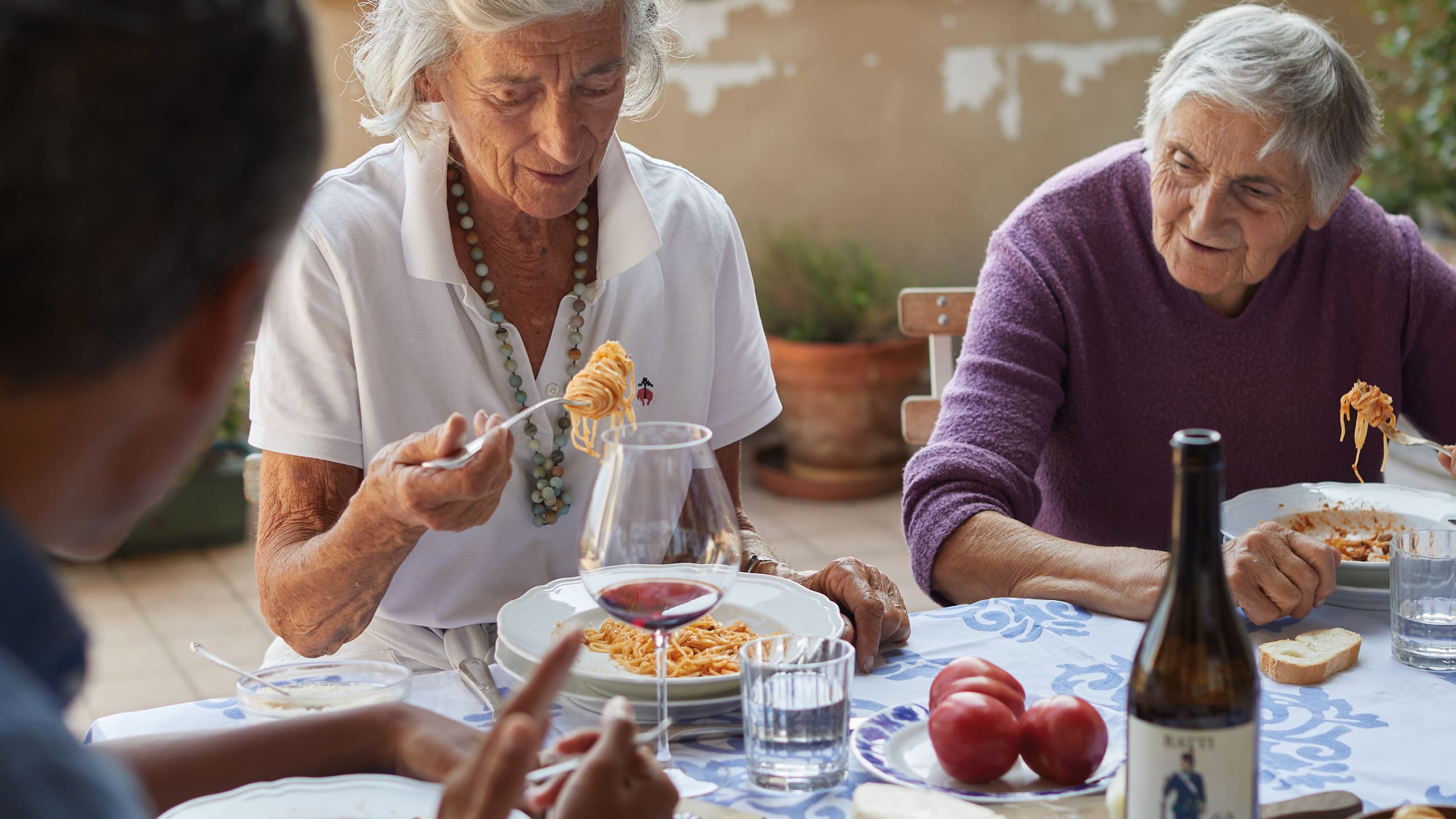
ITALY’S SECRET SAUCE
Italy is making bold moves in the global wine industry, surpassing France in wine production and raising the question: what’s the country’s recipe for success? Kathleen Willcox reports
One of my greatest regrets in life is not being Italian. While I haven’t spent my years mourning this, I have been keenly observing and appreciating all the ways Italians – as they are wont to say – simply do it better than everyone else. So when I discovered that Italian vintners, amid an era of general decline in global wine consumption and sales, are thriving in many cases, I can’t say I was surprised. And I was definitely eager to learn more.
A close look at the numbers reveals just how well Italian wines are faring, overall. Exports of wine from Italy have increased 6.3 percent year over year, according to the latest numbers from the Unione Italiana Vini and Vinitaly Observatory (UVO). That growth is especially impressive considering the overall decline in sales. Wholesalers across the US have reported a drop in sales of -6 percent to retailers year-over-year, according to Wine & Spirits Wholesalers of America’s latest SipSource data.
As growers in California and France pull out an estimated 40,000 acres and 68,000 acres respectively this year alone, Italy is expanding its footprint in wine in certain auspicious areas. Tuscany, for example, which features 52 PDOs, 11 of which are DOCG and 41 DOC, has approved 1,579 acres worth of new vineyard plantings.
What’s the secret behind their success? As with many Italian phenomena, it is simultaneously simple and complex, a heady blend of swagger, the embrace of deep authenticity and regional distinction, la dolce vita and, but of course, pasta.
BOTTOM-UP STRATEGY
Much of Italy’s growth is the result of decades of tactical on-the-ground hard work. “Italy’s success in connecting wine with culture has been instrumental in its export achievements,” says Francesco Minetti, CEO of Well Com, a brand-building firm focused on Italian wine and food. Ultimately, he pegs the win to a “bottom-up strategy, which is fundamentally different from the top-down commercial strategies employed by France.”
Going gangbusters in sales in a down market is rooted in an organic rise in demand generated by Italian restaurateurs and chefs abroad, Minetti insists. “They play a critical role in introducing Italian wines as an essential part of the Italian dining experience, linking wines to specific regions and dishes. This connection resonates with consumers, who now see Italian wines not just as beverages but as integral to Italian culture and lifestyle.”
The US has more than 100,000 Italian or Italian-American restaurants, and while many offer wines from other regions, the focus is usually on Italian wines. The popularity, general excellence, and evolution of Italian cuisine has been a boon for winemakers who might otherwise struggle to market obscure-to-Americans varieties and regions without the help of knowledgeable sommeliers prepared to hand-sell wine to dubious customers.
“Americans love to go to Italian restaurants,” says Pietro Ratti, owner and winemaker at Ratti in Barolo. “And the evolution of fine Italian cuisine from spaghetti and meatballs to specialized and regional cuisine has allowed wines from all over the country to perform well. Even in Michelin-star Italian restaurants, the atmosphere is welcoming and fun, which has created an emotional connection with Americans.”
FORGING LINKS
People love visiting Italy so much, tourism has sadly become a problem in some places, to such an extent that Venice has introduced a payment system to discourage travelers during certain high periods. Interestingly, most Americans aren’t heading over to Italy to ride the gondolas or gawk at the Gucci and Giotto. In fact, according to one survey from Coldiretti, an association designed to defend Italian food and culture, as much as 90 percent of American tourists say that food and wine is the main reason they visit Italy, ahead of art and culture (77 percent) and history and archeology (65 percent).
But the desire to visit and explore has paid inestimable dividends for winemakers. “People come to Italy to see the major cities, but unlike many other countries, they also come to see the villages,” says Bernardino Sani, winemaker and CEO at Argiano in Montalcino. “And because wine and food are so closely linked in our villages, they become part of the experience of visiting. We have different grapes and dishes in each region and village, and exploring that has become a draw in and of itself.”
Italy, Sani reminds me, is actually a younger country than the US, and as such, has many different hyper-localized traditions in food, drinks and culture that evolved in silos over millennia. “Italy wasn’t unified until the late 19th century,” Sani notes. “So every region has a well-preserved and very distinct culture of food, wine and cultural activities.”
The warm welcome American diners typically receive in Italian restaurants at home, Ratti adds, is extended throughout the boot when they arrive in Italy. “Italians and Americans have a lot in common and that helps us connect,” he says. “We are both friendly nations, and enjoy celebrations. And we love Americans because we see them as our rescuers after World War II. We feel as connected to American culture as they feel to our culture. When they are here, we love to welcome them and make them feel comfortable.”
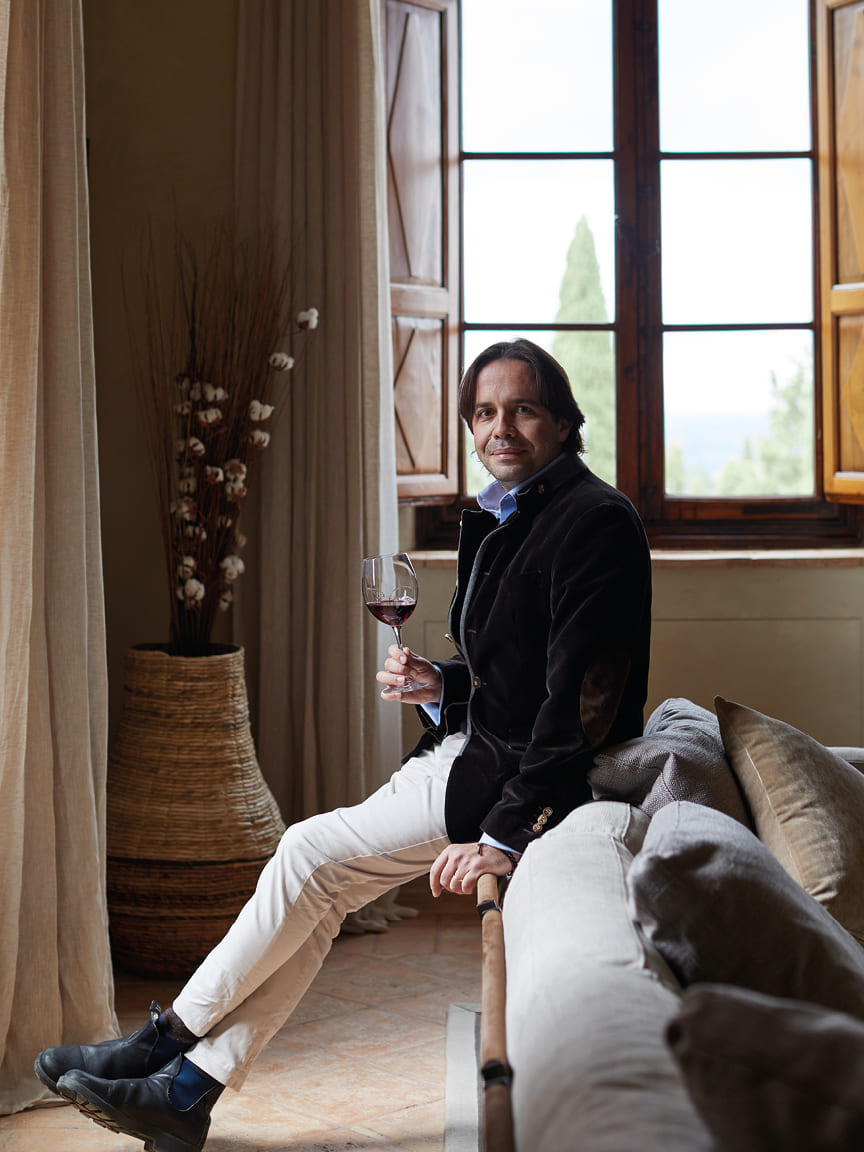

Bernardino Sani, winemaker and CEO of Argiano at the Tuscan winery’s hotel and restaurant
AUTHENTIC AND DIVERSE
Italy’s bottom-up sales approach is underlined by its appellation-focused marketing, which intentionally or not appeals to traditionalists’ desire to explore history, and progressives’ thirst for authenticity and diversity.
“Italian wine has a tailored and multifaceted approach to communication in the US,” says Minetti. “Rather than relying on individual brands, Italy mostly promotes its appellations and regions, treating them as collective brands. The approach resonates deeply with Americans, who value authenticity and cultural heritage.”
Many of the regional programs work one-on-one with sommeliers and trade professionals in the US, who then have the knowledge to pass on to diners and shoppers. “They then act as ambassadors, bridging the gap between the vineyard and the dining table,” Minetti says. “It also helps educate US wine enthusiasts on individual wine territories, and emphasizes the distinct characteristics of their wines. We have an unparalleled wealth of indigenous grape varieties, with more than 500 that are officially recognized and many more being rediscovered.”
Educating the American palate on Timorasso from Piedmont and Catarratto from Sicily, and what foods to pair them with, would be virtually impossible without an army of unofficial ambassadors in the country’s thousands of red sauce joints and gilded Tuscan temples.
Ratti estimates that about 60 percent of their wines are sold on-premises in the US. “Connecting our food to wine is essential,” he admits. “The food needs the wine, and the wine needs the food, because of the balance of acidity and tannin and the flavors. But without the restaurants there explaining the grape varieties and the labels, it would have been very difficult for us to get out there.”
What’s more, these lesser-known varieties are connecting with younger enthusiasts who are eager to explore grapes their parents may never have considered drinking. In a world where consumption is declining everywhere, Italian winemakers are facing the future with hope and trademark ingenuity.
“Even in Italy, where my grandfather drank every day and was definitely not an alcoholic, things are changing,” Sani says. “Now if you go to the doctor and tell them you have a few glasses of wine a day, they tell you to drink less. So we need to focus on drinking better, and connecting with consumers, especially younger ones, in a less snobbish way.”
So, what about the future? Focusing solely on the hardcore luxury segment isn’t economically sustainable – or particularly joyful. While Italy has enjoyed incredible success in recent years, to continue moving forward, winemakers will need to do what they’ve always done – plus more.
“Younger consumers may want to know more about wine, but don’t have the language to ask about it confidently,” Sani points out. “They also may not have the money to travel extensively. We need to focus on finding a new language to communicate wine, traveling to Italy through the plate and glass, focusing on living great moments with family and friends. It has to be friendly.”
“Younger consumers may want to know more about wine, but don’t have the language to ask about it confidently. We need to focus on finding a new language to communicate wine, traveling to Italy through the plate and glass, focusing on living great moments with family and friends”
Bernardino Sani, Argiano CEO and winemaker

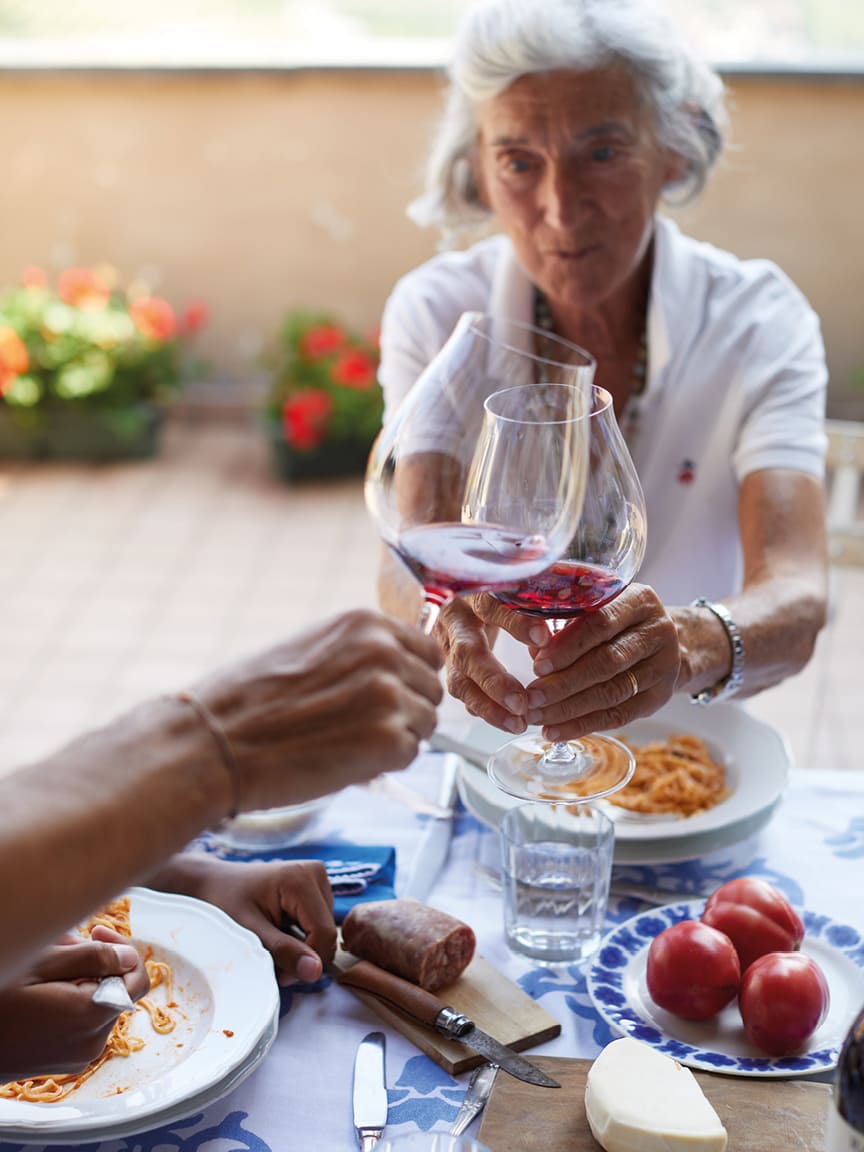
Central to the Ratti experience is its culinary offerings at the winery and restaurant in Piedmont, Italy
THREE VINTAGES TO DISCOVER
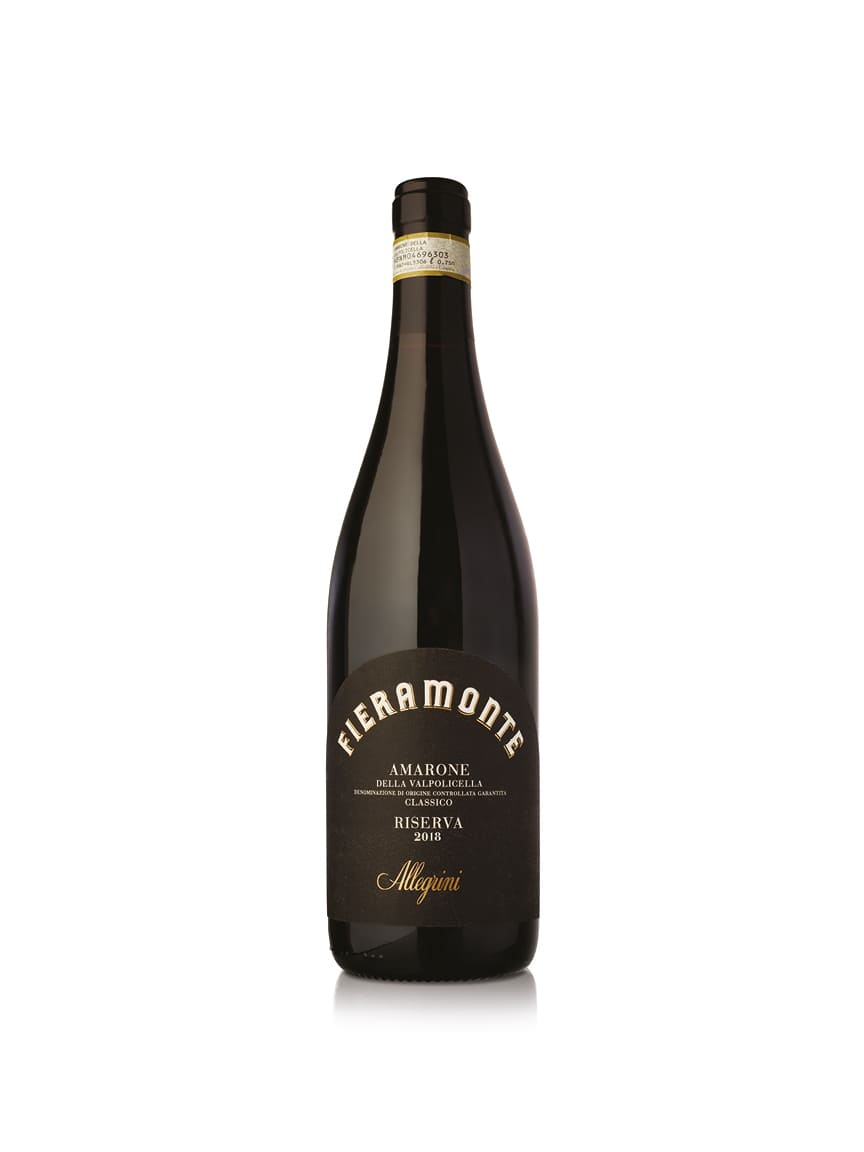
Allegrini ‘Fieramonte’ Amarone Della Valpolicella Classico Riserva DOCG 2018
Over six generations, the Allegrini family has become a benchmark producer in Valpolicella, with the single-vineyard Fieramonte standing as the estate’s pinnacle expression.
The 2018 harvest was long, marked by slow ripening and exceptional quality. A rainy spring led to green harvesting in early July to balance the vineyard. Though heavy rains arrived just before harvest, September brought drier conditions and cool nights, which enhanced ripeness and aromatic complexity.
The 2018 Fieramonte blends 45 percent Corvina Veronese, 45 percent Corvinone, and 5 percent each of Rondinella and Oseleta. After inoculated fermentation, the wine was aged for at least 48 months in French oak barriques, imparting remarkable depth and structure.
“Mulled cherries, aniseed, camphor, mossy undergrowth, shiitake mushrooms and dashi. The mid-palate is savory, nourishing and slathered with umami. Aromatic and textural, with the oak and mineral notes providing tension. The finish runs very long and fresh. This is excellent,” writes James Suckling senior editor, Ned Goodwin MW.
96 points James Suckling, 97 points Falstaff
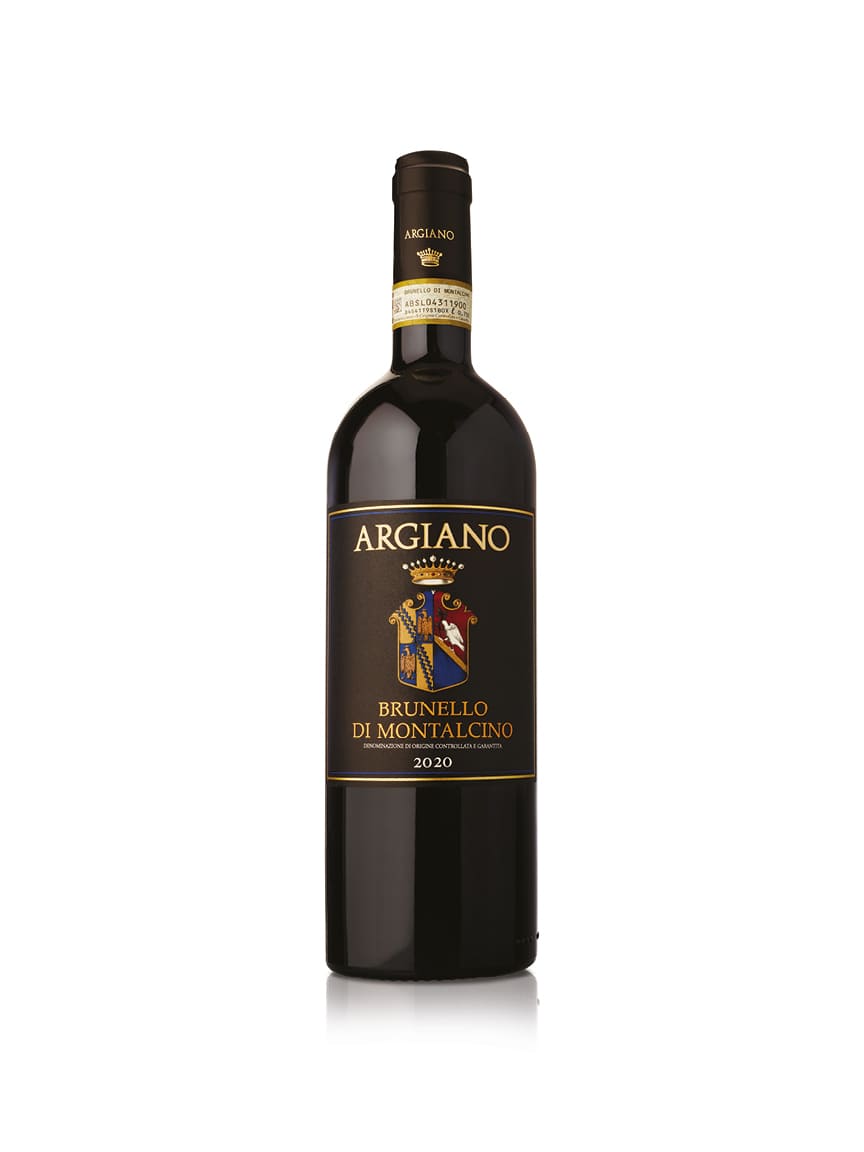
Argiano Brunello di Montalcino DOCG 2020
Argiano is one of Montalcino’s oldest winemaking estates, a co-founder of the Consorzio di Brunello di Montalcino, and recognized as a leading producer of the wine.
The 2020 growing season began with a warm winter and minimal but sufficient rainfall. June and July brought ideal conditions, with occasional rain and well-balanced temperatures. Late July and early August saw intense heat, yet the vineyards thrived without experiencing water stress. A late-summer rainfall then ensured a steady, even ripening.
In the cellar, this 100 percent Sangiovese wine underwent spontaneous fermentation before aging for approximately 30 months in Slavonian and French oak barrels.
“The wine is a rich aromatic Brunello with subtle tannins and rich texture. It’s coming from a warm vintage that remind me the 2015 in the style,” says head winemakerBernardino Sani.
94 points Galloni and Wine Advocate
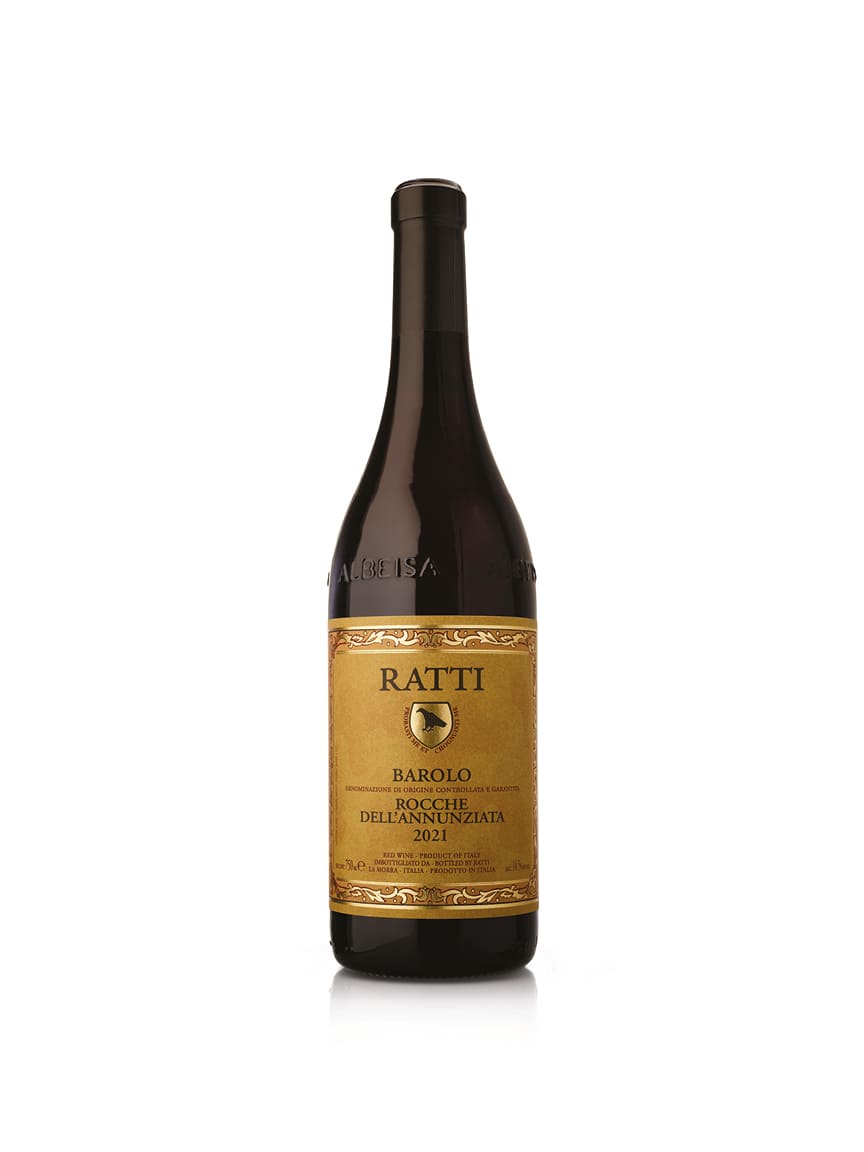
Ratti Barolo ‘Rocche dell’Annunziata’ DOCG 2021
Founded in 1965, Ratti pioneered Barolo’s first regional mapping, shaping Italy’s modern concept of terroir while crafting some of its most revered wines.
The mild, wet winter of 2021, punctuated by snowfall, replenished water reserves. Early frost posed a challenge, but its impact was minimal. Warm spring temperatures in April and May kept fruit set on track, leading to a Nebbiolo harvest that stretched from late September to mid-October. Despite lower yields, the vintage produced structured, age-worthy wines with impressive depth and concentration.
In the cellar, the 100 percent Nebbiolo wine underwent inoculated fermentation before aging for two years in 25 hL Slavonian oak casks.
“Our Rocche dell’Annunziata 2021 is a really excellent wine,” says owner and winemaker Pierto Ratti. “The vintage was very good, able to deliver a complex and refined style of Rocche. It’s a bit tight now, which I personally like because it will make it suitable for a long aging potential.”
96 points James Suckling
Photography ©Helen Cathcart, Rob Lawson for Maze Row
We recommend
ARGIANO’S POSITIVE TWIST
Listening intently to the land, fastidious soil mapping and a scholarly approach to viticulture, has earned the oldest Montalcino winery’s Brunello, red wine of the year. Nargess Banks visits the Tuscan estate to learn more
CREAM OF THE CROP
With the release of the 2017 La Poja, we speak with Marilisa Allegrini, CEO of the Valpolicella winery, to discuss the estate’s focus on cru and vineyard-designed wines as exemplified by the prized vintage
GROUND CONTROL
Soil mapping is transforming winemakers’ knowledge of their land. Pedro Parra, whose work on the Brunello di Montalcino wines has led to the creation of the award-winning Argiano’s Vigna del Suolo 2018
UNCORKED POTENTIAL
Suzanne Denevan-Brown continues to guide us through the ins and outs of investing in fine wine, gathering the best advice from experts in the field
